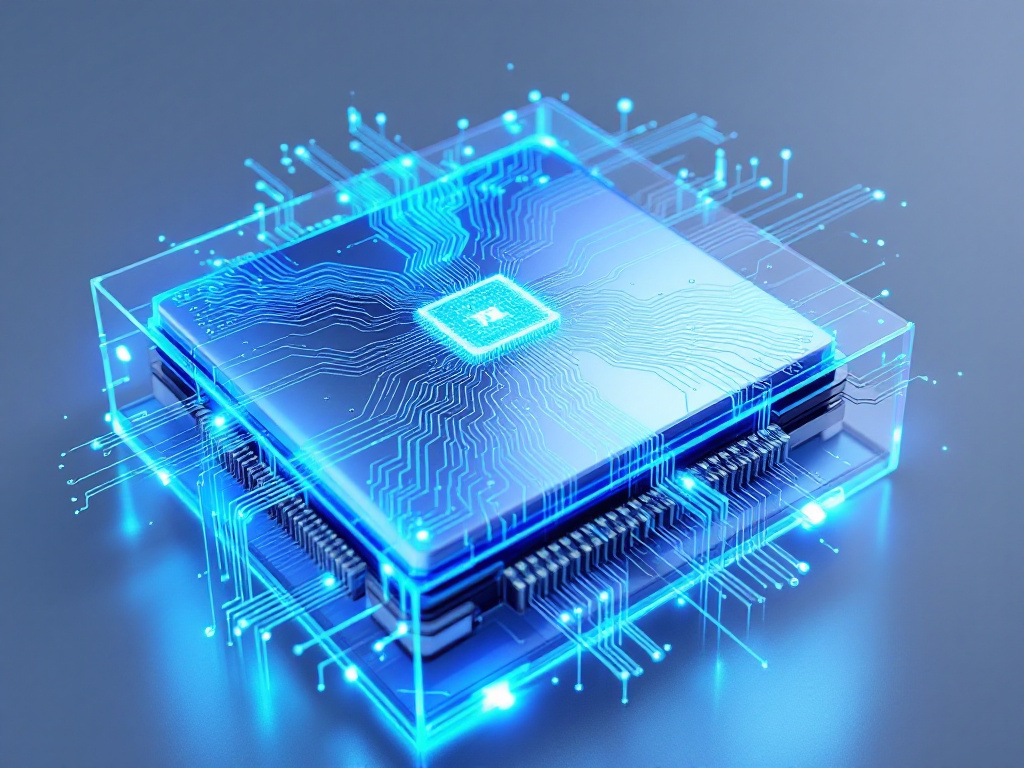In recent years, the landscape of experimental CPUs has undergone a radical transformation. With the rise of artificial intelligence (AI) and the demand for high-performance computing, new AI-powered processors are redefining the limits of innovation. This article explores the most groundbreaking next-generation architectures, shedding light on the challenges and technological breakthroughs shaping the future of computing.
The Rise of Neural Processing Units (NPU)
With the rapid advancement of AI-powered applications, traditional CPU architectures have struggled to keep pace. Enter Neural Processing Units (NPU)—specialized chips designed to accelerate machine learning tasks by offloading AI workloads from conventional processors. By integrating NPUs into modern experimental CPUs, manufacturers are enabling faster and more efficient performance for AI-driven applications.
AMD's Innovation with the Ryzen 8000G Series
In January 2024, AMD introduced the Ryzen 8000G series, a major milestone in desktop CPU evolution. The Ryzen 5 8600G and Ryzen 7 8700G are the first desktop processors to feature built-in AI-powered processing units, enhancing overall computing capabilities. These chips also incorporate RDNA 3-based GPUs, ensuring high-performance graphics processing alongside AI optimization.
Intel's Core Ultra 200S: AI and Performance Combined
Intel is taking bold steps toward AI integration with its Core Ultra 200S series, codenamed Arrow Lake. Announced at CES 2025, these processors feature new high-performance Lion Cove cores and energy-efficient Skymont cores. The most significant innovation is the inclusion of a dedicated Neural Processing Unit (NPU), designed to enhance gaming experiences and general workloads through AI-driven optimizations. With this new technology, Intel enables gesture-based controls and AI-powered computing enhancements.
The European Processor Initiative: Toward Technological Autonomy
The European Processor Initiative (EPI) represents Europe’s strategic push toward independence in high-performance computing and AI processing. Based on ARM and RISC-V architectures, the EPI project aims to develop next-generation processors with high efficiency and low energy consumption. The first processor, Rhea, was introduced in 2021, followed by Cronos in 2023, marking a crucial step in the development of a European AI-powered computing infrastructure.
Nvidia’s Bold Entry into the Desktop CPU Market
At CES 2025, Nvidia unveiled "Digits", a high-performance AI development workstation powered by the GB10 Grace Blackwell Superchip. Developed in partnership with MediaTek, this ARM-based processor marks Nvidia's first serious entry into the consumer CPU market. While Digits is primarily targeted at developers, it signals Nvidia's growing ambitions to challenge AMD and Intel in the desktop CPU industry.
The evolution of experimental CPUs showcases a clear shift toward AI-powered architectures and optimized machine learning performance. As companies like AMD, Intel, and Nvidia push the boundaries of AI-driven computing, initiatives like EPI emphasize the need for technological sovereignty. The coming years will see continued innovation in next-generation CPUs, paving the way for AI-enhanced computing experiences across industries.
Sources
- Evolution of CPUs and NPUs in Modern Processors: reply.com
- CES 2024: AMD Unveils Ryzen 8000G and Radeon RX 7600 XT: hdblog.it
- Intel Presents Core Ultra 200S at CES 2025: tomshw.it
- European Processor Initiative: it.wikipedia.org
- Nvidia's Jensen Huang Hints at Plans for ARM-Based Desktop CPU: theverge.com








Leave a Comment